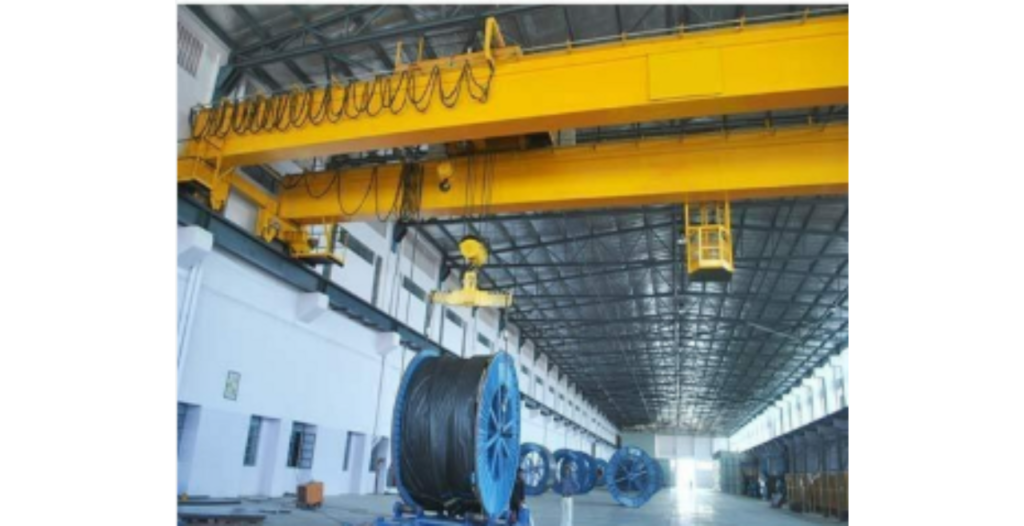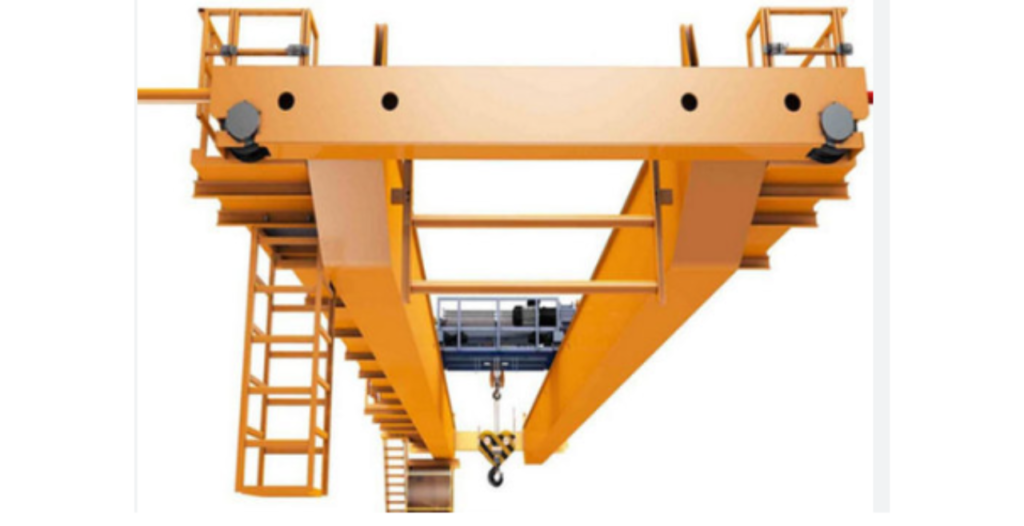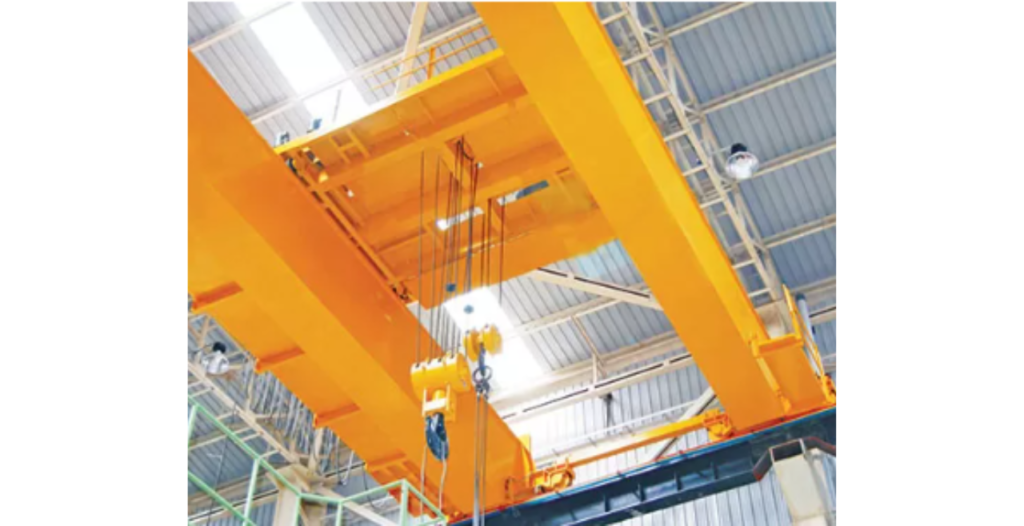CRANES & COMPONENTS TECHNOLOGY & PRODUCTS
EOT Cranes
| EOT Cranes, or Electric Overhead Traveling Cranes, are heavy-duty industrial lifting equipment commonly used in various industries for material handling and transportation of heavy loads within a facility. These cranes are known for their versatility, efficiency, and ability to move loads horizontally along the overhead runway. In this detailed overview, we will discuss the key aspects of EOT cranes, including their working principles, advantages, disadvantages, applications, materials of construction (MOC), and provide a summary. |
| 1. Working Principles: EOT cranes operate on the principle of lifting and transporting heavy loads using an overhead runway system. The key working principles include: |
| Electric Motor: EOT cranes are powered by electric motors that drive the hoist, trolley, and bridge movement. |
| Hoist: The hoist is responsible for lifting and lowering the load. It is attached to the trolley, which moves along the bridge. |
| Bridge: The bridge is the horizontal beam that spans the width of the facility. It travels along the runway, allowing the crane to move horizontally. |
| Runway: The runway is a system of rails or tracks installed overhead. It provides support for the bridge and allows the crane to traverse the length of the facility. |

| 2. Advantages: |
| Heavy Lifting: EOT cranes are designed for heavy lifting and can handle loads ranging from a few tons to several hundred tons. |
| Efficient Material Handling: They offer efficient and precise load movement, making them suitable for production and manufacturing processes. |
| Versatility: EOT cranes are versatile and can be customized for various applications, including single girder, double girder, and underslung designs. |
| Safety: Modern EOT cranes come with safety features like limit switches, overload protection, and emergency stop buttons. |
| Space Utilization: They operate overhead, maximizing floor space utilization. |

| 3. Disadvantages: |
| Initial Cost: EOT cranes can be expensive to purchase and install, especially for larger capacities. |
| Maintenance: Regular maintenance is required to ensure safety and optimal performance. |
| Space Requirements: The installation of EOT cranes necessitates significant overhead space, which may not be suitable for all facilities. |
| Operator Skill: Skilled operators are needed to operate EOT cranes safely and efficiently. |
| Downtime: Maintenance and repair can lead to downtime if not planned properly. |

| 4. Applications: EOT cranes find applications across various industries for material handling, including: |
| Manufacturing: For moving raw materials, work-in-progress, and finished products within production facilities. |
| Warehousing: For stacking and retrieving heavy goods in warehouses. |
| Construction: For lifting and transporting heavy materials on construction sites. |
| Ports and Shipping: In ports for loading and unloading containers from ships. |
| Mining: In mining operations for material transportation and equipment installation. |
| Automotive: In automobile manufacturing for assembly line operations. |
| 5. Materials of Construction (MOC): The materials of construction for EOT cranes depend on factors such as load capacity, environmental conditions, and industry-specific requirements. Common materials include: |
| Steel: The main structural components of EOT cranes are often made of steel for strength and durability. |
| Aluminum: Used in some applications where weight reduction is critical. |
| Special Coatings: Some parts may have specialized coatings to enhance corrosion resistance. |
| 6. Summary: EOT cranes, or Electric Overhead Traveling Cranes, are heavy-duty lifting equipment used in various industries for material handling and transportation of heavy loads. They operate on the principles of electric motor-driven hoists, trolleys, and bridges moving along overhead runways. EOT cranes offer advantages such as heavy lifting capacity, efficient material handling, versatility, safety features, and space utilization. However, they come with initial costs, maintenance requirements, space considerations, and the need for skilled operators. They find applications in manufacturing, warehousing, construction, shipping, mining, automotive, and other industries, with materials of construction chosen based on load capacity and environmental conditions. |


 Sales & Marketing:
Sales & Marketing:  Service Supports:
Service Supports:  Website:
Website: 